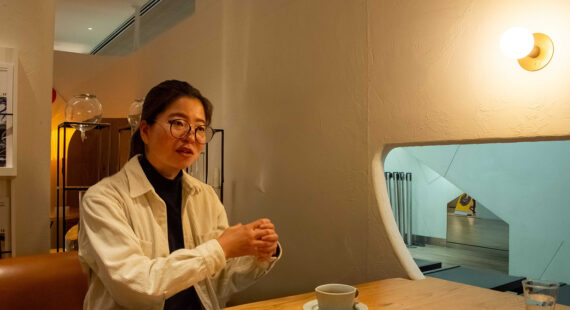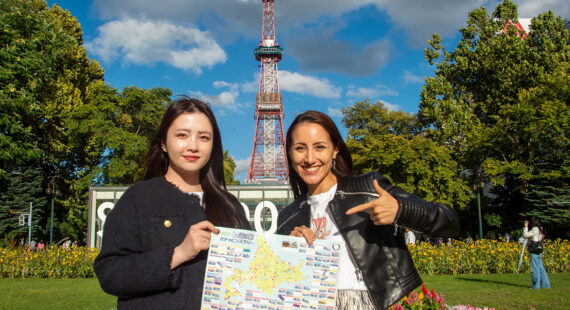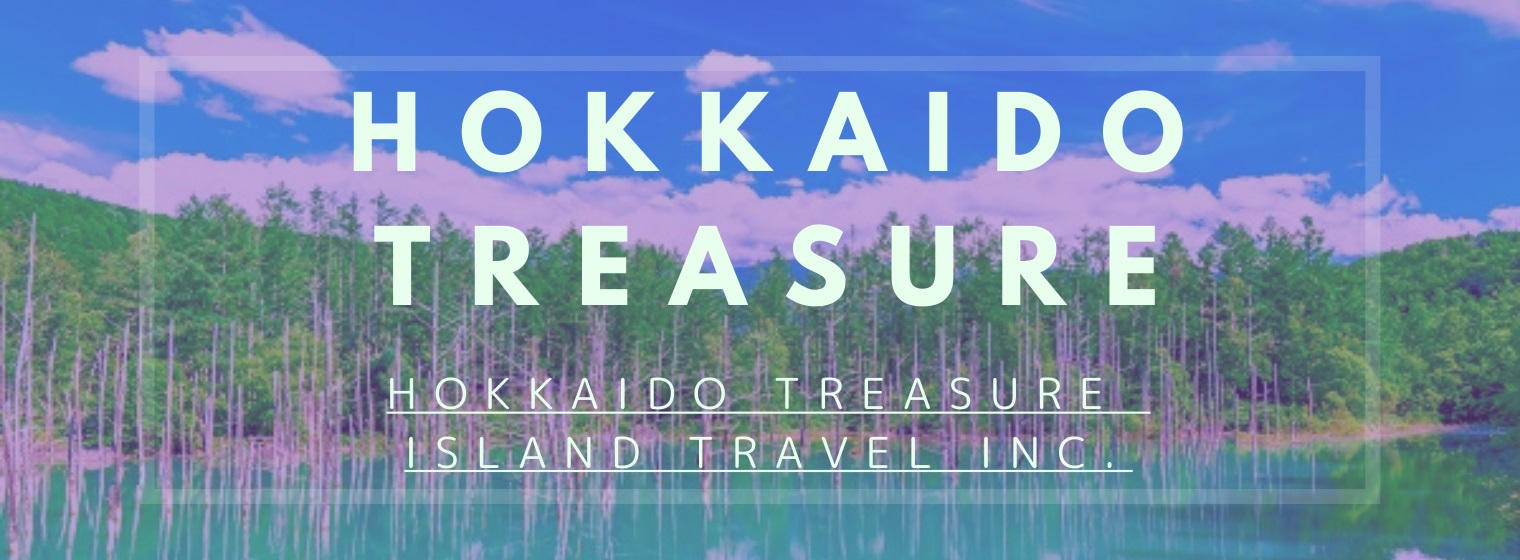A) Bibai: A Town of Heritage, Nature, and Unique Flavours
1. Arte Piazza Bibai: Where Art and Nature Breathe as One
2. Miyajima Marsh: A Hidden Sanctuary for Migratory Birds
3. The Distinctive Flavours of Bibai: Yakitori and More
4. A Town for All Seasons: Bibai’s Ever-Changing Beauty
B) Extend Your Journey to Sunagawa: A Sweet Adventure on Sweet Road
5. Kitakaro: A Must-Visit for Sweet Lovers
6. Sunagawa Highway Oasis: More Than Just a Rest Stop
C) Crafting Excellence in Sunagawa: From Timeless Saddlery to Innovative Beauty
7. Somes Saddle: Japan’s Only Equestrian Masterpieces
8. Beyond Beauty: SHIRO’s Creative Hub
Sapporo, the capital of Hokkaido, is home to two million people and is renowned for its seamless harmony between nature and urban life. At the heart of its downtown area, inside JR Sapporo Station, stands Key of Dream, a striking white marble sculpture that serves as a well-known meeting point for locals. This masterpiece was created by Kan Yasuda, a sculptor from Hokkaido who now works in northern Italy.
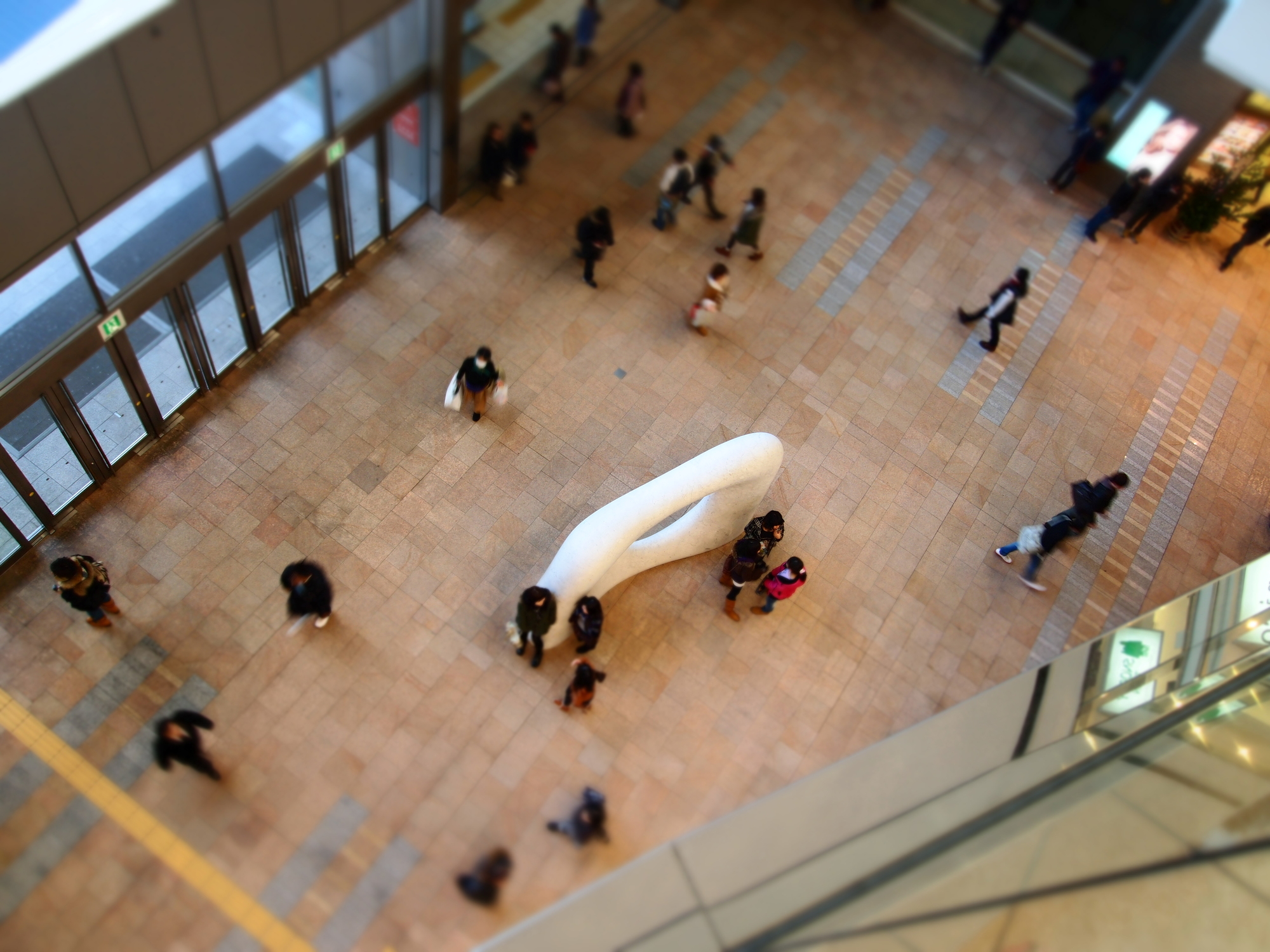
Yasuda’s studio is located in Pietrasanta, a town famous for its high-quality marble—the same stone Michelangelo once used for his masterpieces. This artistic hub is home to many skilled stoneworkers, and Yasuda is among them, crafting sculptures known for their organic curves and effortless integration into both indoor and outdoor spaces. His work has earned international acclaim.
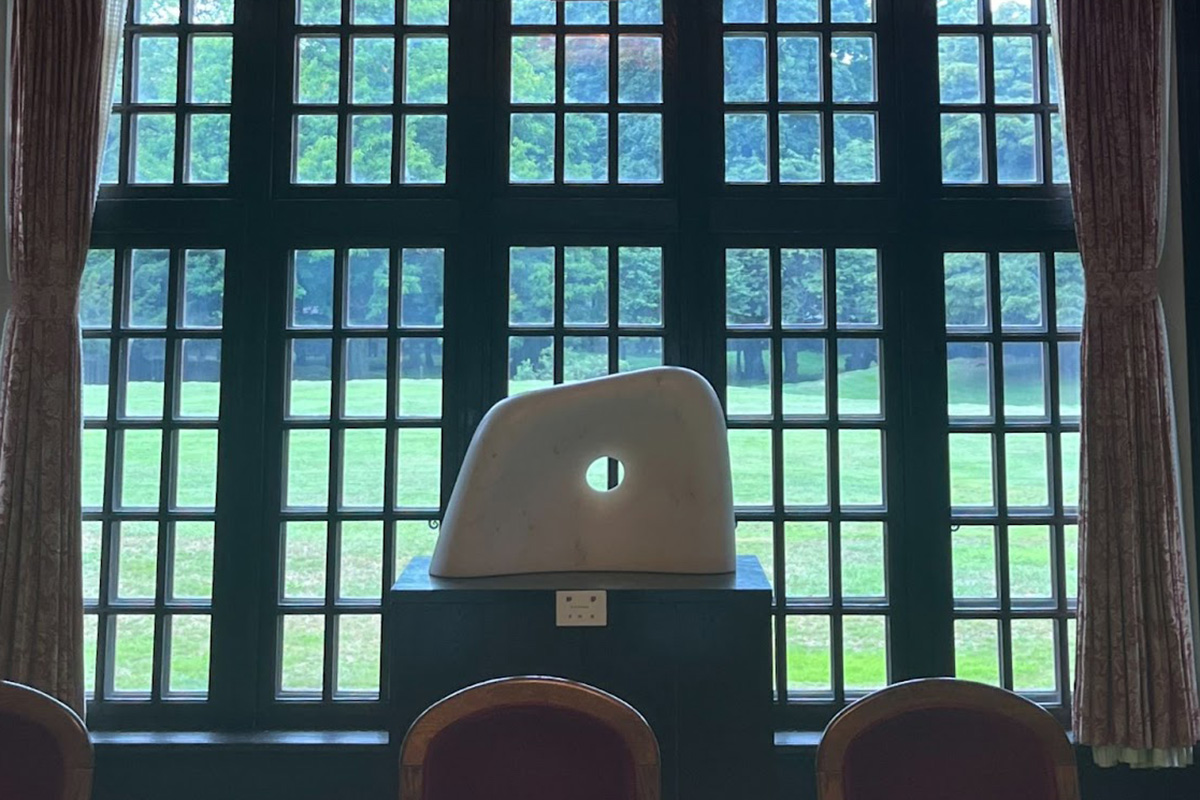

In Sapporo’s Soseigawa Park, which divides the city into east and west, you’ll find three of his sculptures, including Secret of the Sky, a pair of marble pieces placed on opposite riverbanks. Several other works are scattered throughout the city, including at the Hokkaido Governor’s Official Residence, offering visitors a chance to explore Sapporo through his art.

Did you know that Yasuda’s hometown, Bibai, is home to a dynamic open-air museum? Less than an hour from Sapporo by train or car, Bibai offers a rare opportunity to experience his art in a tranquil outdoor setting, seamlessly integrated with nature.
Hokkaido, with its vast and boundless landscapes, received its current name around the time that settlers from elsewhere in Japan began migrating to the island about 150 years ago. The region’s development was largely driven by coal mining, which played a crucial role in shaping its history. Even today, this legacy lives on, not only in preserved historical sites but also in the way local industries have evolved—breathing new life into art, craftsmanship, and innovative products. Just beyond Sapporo, the towns of Bibai and Sunagawa reflect this transformation through their seamless blend of history with modern creativity.
After stepping through the arch of Key of Dream at Sapporo Station—just as if you were a child again—why not venture beyond the city? Today, we’ll go beyond Sapporo’s well-known art park and uncover the rich history, craftsmanship, and culture of central Hokkaido, revealing all the charm this region has to offer. Join me on a tour as we explore another of the treasures of Hokkaido, where history comes to life.
Bibai: A Town of Heritage, Industry, and Unique Flavours Across the Four Seasons
Nestled between Sapporo and Asahikawa, Bibai is a town of striking contrasts, where echoes of its coal mining past coexist with expansive rice fields and pristine wetlands. It is also home to Japan’s longest straight road, a 29.2-kilometer stretch along National Route 12 that cuts through three neighbouring municipalities, neatly dividing the town in half.

To the east, rugged mountains preserve the legacy of Bibai’s once-thriving coal industry, while the western side opens into vast lowlands along the Ishikari River, forming one of Hokkaido’s premier rice-producing regions. Here, wetlands, small lakes, and marshes—including the Ramsar-designated Miyajima Marsh—serve as a sanctuary for migratory birds, adding to the town’s natural allure.
Bibai’s history is not only preserved in its landscapes but also in its culture and cuisine. From sculptures set against the backdrop of former mining sites to a unique yakitori tradition shaped by the town’s industrial past, Bibai offers an experience that seamlessly blends heritage, artistry, and flavours.
︎Arte Piazza Bibai: Where Art and Nature Breathe as One
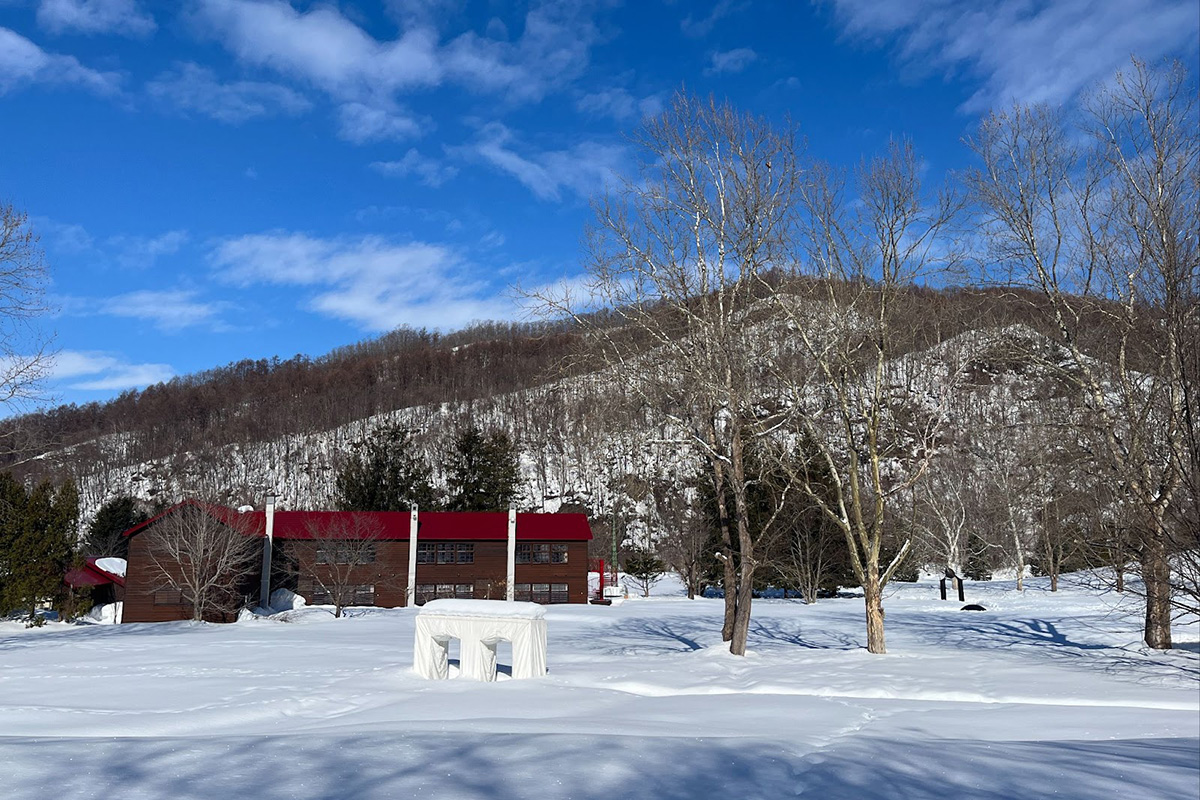
In Italian, Arte Piazza means “art plaza,” and true to its name, this open-air museum seamlessly integrates sculpture with nature. Set against a backdrop of lush forests and rolling hills, the site features around 40 marble and bronze sculptures by internationally renowned artist Kan Yasuda. Visitors are free to explore at their own pace, immersing themselves in the tranquil harmony of art and the changing seasons.
A remnant of Bibai’s coal mining era, a beautifully preserved wooden schoolhouse and gymnasium have been repurposed as indoor exhibition spaces. Here, the town’s industrial past and artistic present converge, creating a space where time seems to stand still.
Unlike many outdoor museums in Hokkaido that close during winter, Arte Piazza Bibai remains open year-round. Kan Yasuda believes sculpture’s true beauty lies in its interaction with light, weather, and the seasons. His choice of Italian white marble echoes the snowy landscapes of his hometown, a connection that continues to shape his artistic vision. Each visit—whether amidst spring’s vibrant greenery or winter’s serene snowfall—offers a fresh perspective.
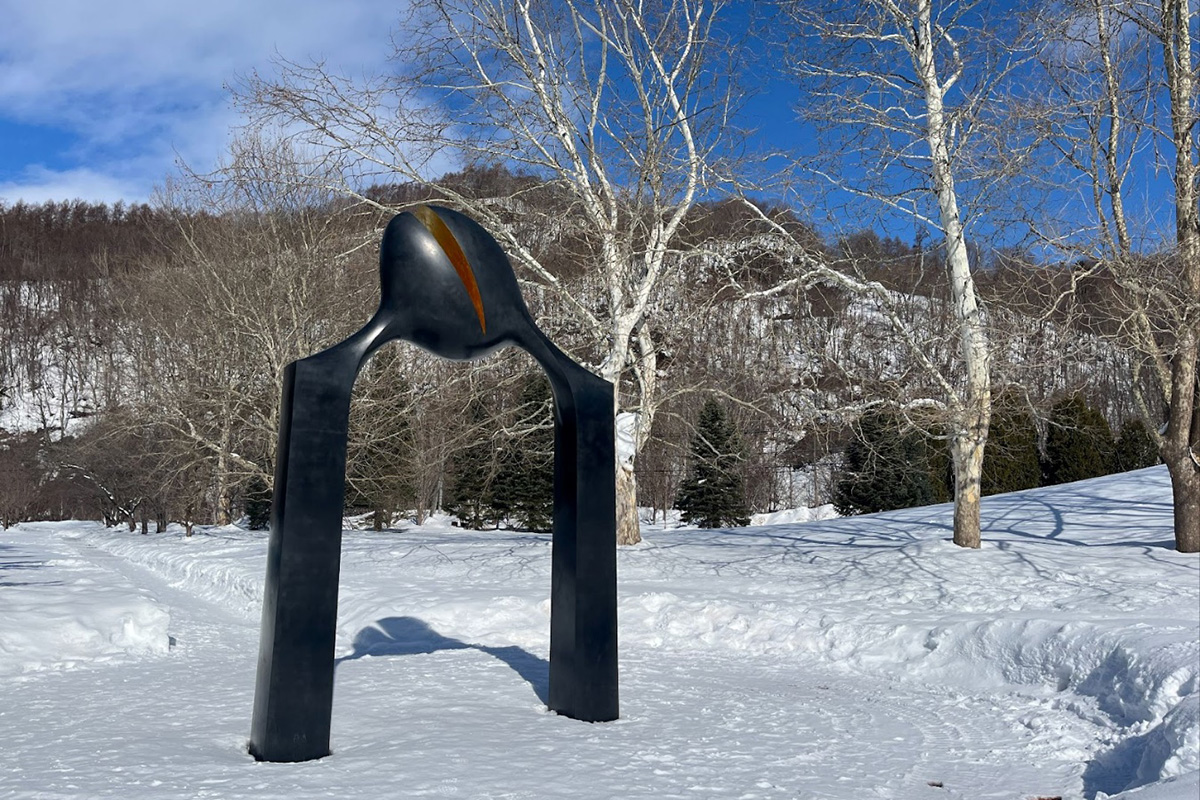

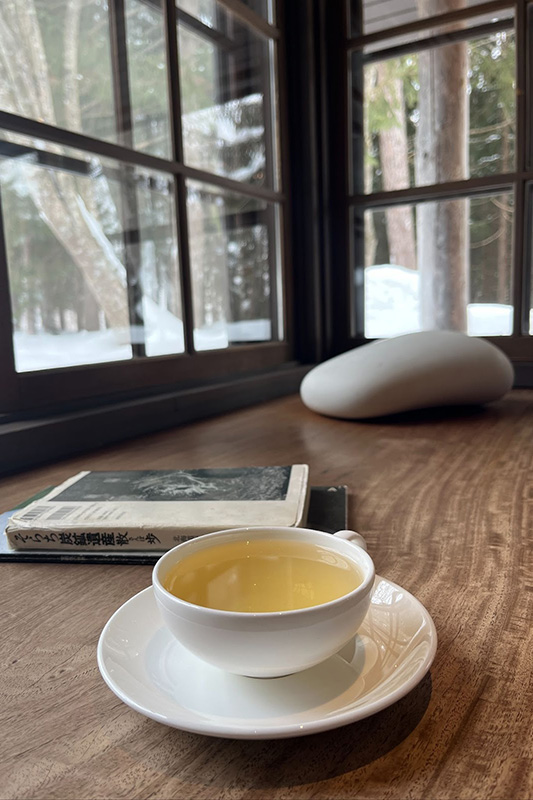
After wandering through the park, take a moment to unwind at Café Arte. While their carefully brewed coffee is delightful, I highly recommend the original herbal tea, made with German chamomile grown in Bibai. Served in elegant ceramics designed by legendary Japanese designer Sori Yanagi, the experience is as much about aesthetics as it is about flavours. In summer, enjoy the terrace’s gentle breeze; in winter, the warmth of the wood-burning stove creates a cozy retreat. Pair your drink with freshly baked bread from a beloved local bakery or a homemade cake for the perfect indulgence.
For those looking for a deeper experience, guided tours are available every Saturday with advance reservations. The museum also offers Shape from the Mind, a hands-on sculpting workshop where participants carve their own heart’s form from Italian marble. This meditative process—chiselling away, one stroke at a time—transcends language, culture, and time, offering a rare opportunity for self-reflection.
Arte Piazza Bibai is more than just an art museum—it is a space where history, nature, and creativity come together, inviting visitors to pause, reflect, and simply be.
Miyajima Marsh: A Hidden Sanctuary for Migratory Birds

Located in the western part of Bibai, Miyajima Marsh is a Ramsar-listed wetland and Japan’s largest northern resting site for the white-fronted goose, a nationally designated Natural Monument. At the peak of migration in spring and autumn, over 60,000 of these birds make their stop here, creating an awe-inspiring spectacle.
One of the most breathtaking moments unfolds at dawn, when thousands of geese rise into the sky in perfect unison, setting off for the surrounding rice fields. Equally mesmerizing is their evening return, as flocks glide back in synchronized motion against the backdrop of the setting sun. These displays of nature’s grandeur leave an unforgettable impression on all who witness them.
For birdwatchers and photographers, the sight of tens of thousands of wild birds in flight is a rare and extraordinary experience. In addition to the white-fronted goose, Miyajima Marsh is home to a wide variety of bird species, including swans and various ducks, making it a hidden paradise for wildlife enthusiasts.
︎The Distinctive Flavours of Bibai: Yakitori and More
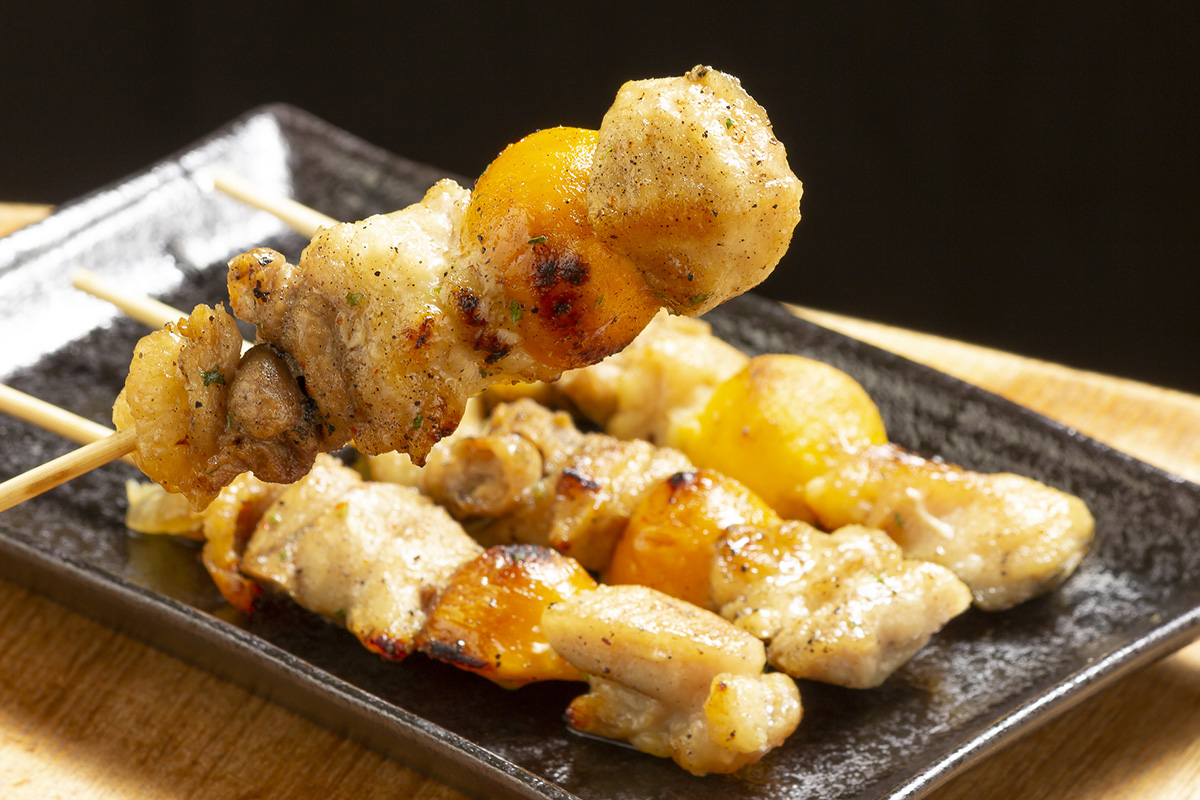
Bibai’s culinary culture is deeply intertwined with its coal mining heritage, best represented by its famous Bibai yakitori. Unlike traditional yakitori, which pairs chicken meat with green onions, Bibai yakitori features various chicken parts—including the heart, skin, liver, and boiled unlaid eggs—grilled with locally grown onions. This choice is no coincidence; Bibai is known for producing some of Hokkaido’s finest onions, which enhance the dish’s rich, smoky flavours.
Locals often enjoy their yakitori with a bowl of soba, dipping the skewered meat into the broth—a uniquely Bibai tradition. Two of the town’s most renowned yakitori restaurants, Tatsumi and Fukuyoshi, originated here and have since expanded to Sapporo and beyond. Yet, their original locations in Bibai remain a must-visit for those seeking the authentic taste of this beloved local specialty.
Beyond yakitori, Bibai’s fertile lowlands along the Ishikari River play a crucial role in shaping its cuisine. The region produces high-quality rice, which forms the base of torimeshi, a simple yet deeply flavourful dish that has remained a staple in local households. Made by simmering rice with sautéed chicken, offal, soy sauce, sugar, and sake, the dish takes on a glossy, amber hue and is infused with layers of umami. With minimal seasoning and ingredients, torimeshi offers a pure, concentrated taste of chicken, setting it apart from other mixed rice dishes.
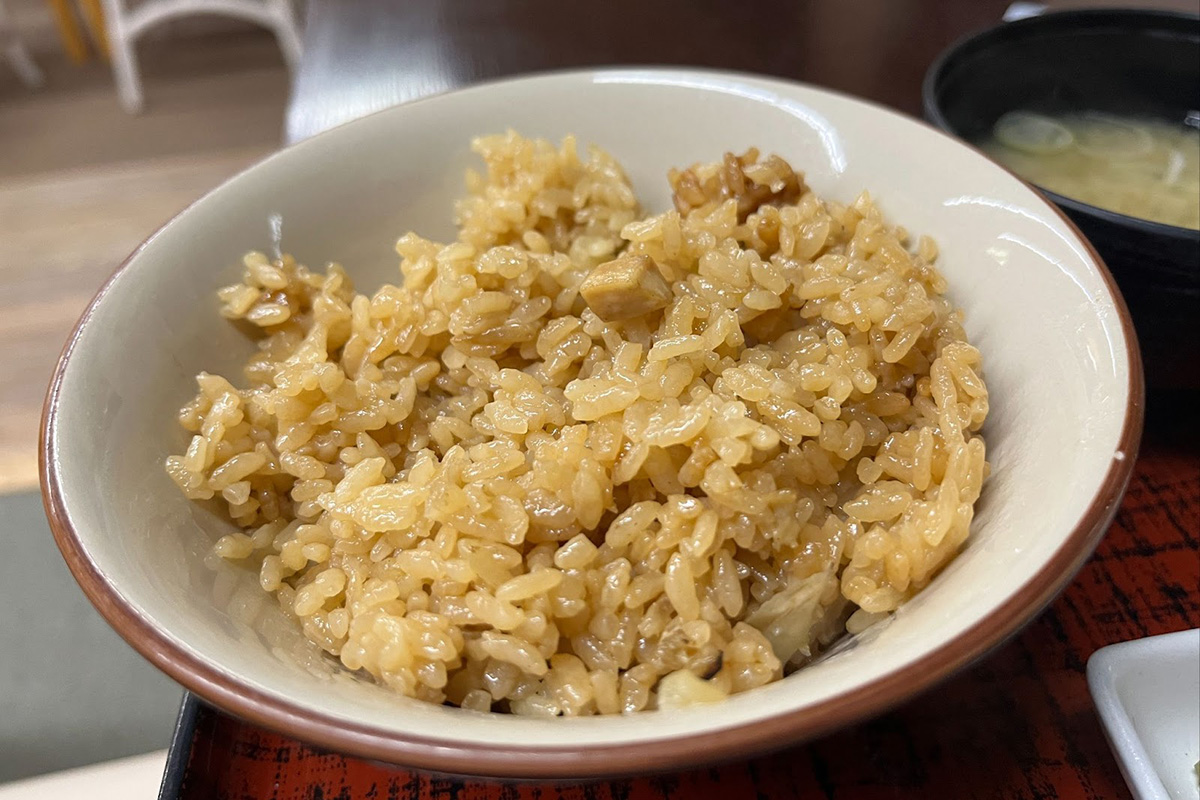
A Town for All Seasons: Bibai’s Ever-Changing Beauty
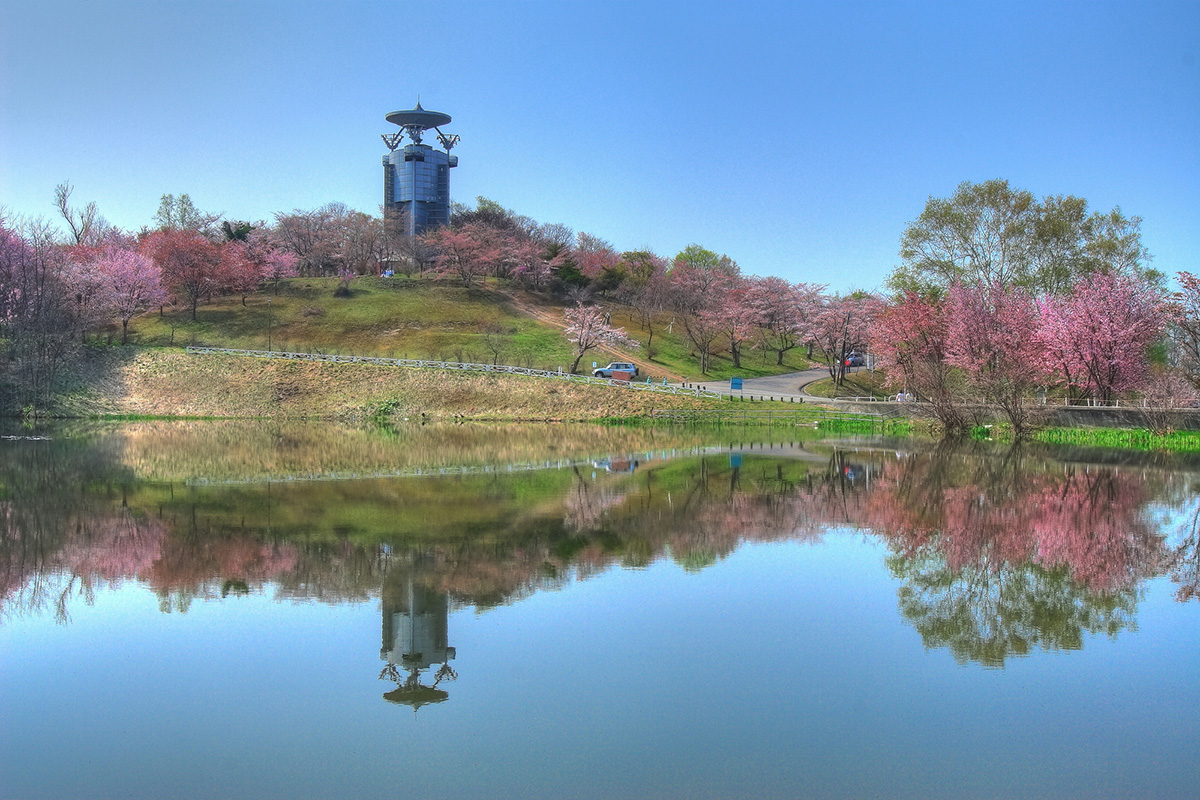
Bibai’s charm extends far beyond its history and cuisine—it is a town that transforms beautifully with the seasons.
In spring, cherry blossoms bloom across the city, with Tomei Park being a particularly spectacular spot. Home to around 2,000 cherry trees, with varieties including Somei Yoshino and Ezoyamazakura, it is the northernmost habitat of Somei Yoshino in Japan. The annual Bibai Sakura Festival, held at peak bloom, brings the city to life with fireworks, food stalls, and evening illuminations, creating a magical nighttime hanami experience.
By summer, Miyajima Marsh becomes a paradise for birdwatching, offering unparalleled opportunities to observe rare migratory birds in their natural habitat.
As winter arrives, Bibai transforms into a snowy wonderland, with Bibai Snow Land offering thrilling outdoor activities. Originally a golf course, this 125-hectare area turns into a playground for winter sports, featuring snowmobile touring, snow rafting, four-wheel buggies, snow tubing, and even snow soccer. Whether you seek high-speed thrills or a peaceful retreat into Hokkaido’s winter beauty, Bibai offers something for everyone.
Bibai is a town of many layers—one that tells the story of Japan’s industrial rise and reinvention, where art and nature intertwine, and where time-honoured flavours bring people together. Whether you are drawn to the sculptures of Arte Piazza Bibai, the breathtaking bird migrations of Miyajima Marsh, or the comforting warmth of Bibai yakitori, every visit offers something new to discover.
As Bibai continues to embrace both its traditions and new forms of creativity, its evolution mirrors that of Hokkaido itself—a land where history and innovation walk hand in hand.
Why not add Bibai to your Hokkaido itinerary and experience its unique charm for yourself?
Extend Your Journey to Sunagawa: A Sweet Adventure on Sweet Road
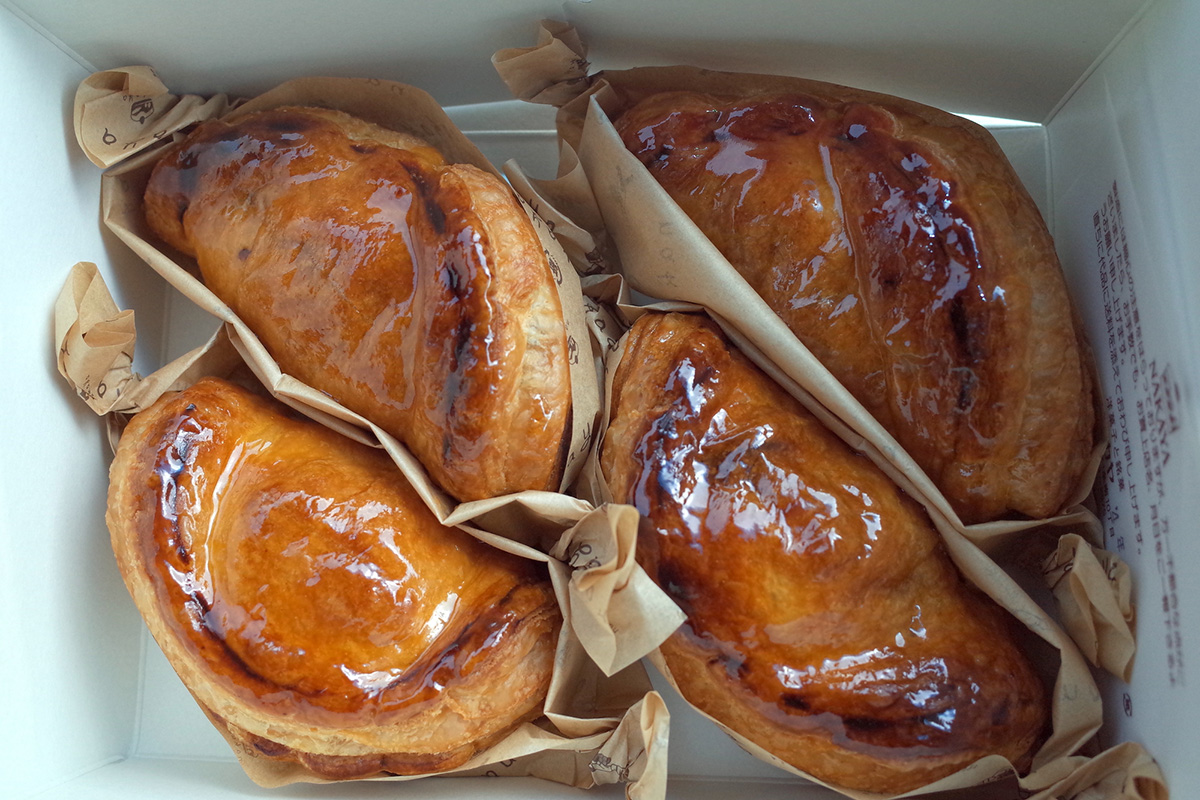
If you’re looking to enhance your itinerary, take a drive along Japan’s longest straight road to Sunagawa, just 30 minutes from Bibai. Once a key transportation hub connecting urban centres and coal mining towns, Sunagawa is now best known for Sweet Road—the affectionate name for National Route 12, where more than 20 confectionery shops and cafes have flourished since the peak of the coal mining era.
From Nakaya’s famous apple pie to gelato, mochi, cakes, and traditional Japanese sweets, this charming street offers a delightful array of treats for visitors to enjoy.
Kitakaro: A Must-Visit for Sweet Lovers
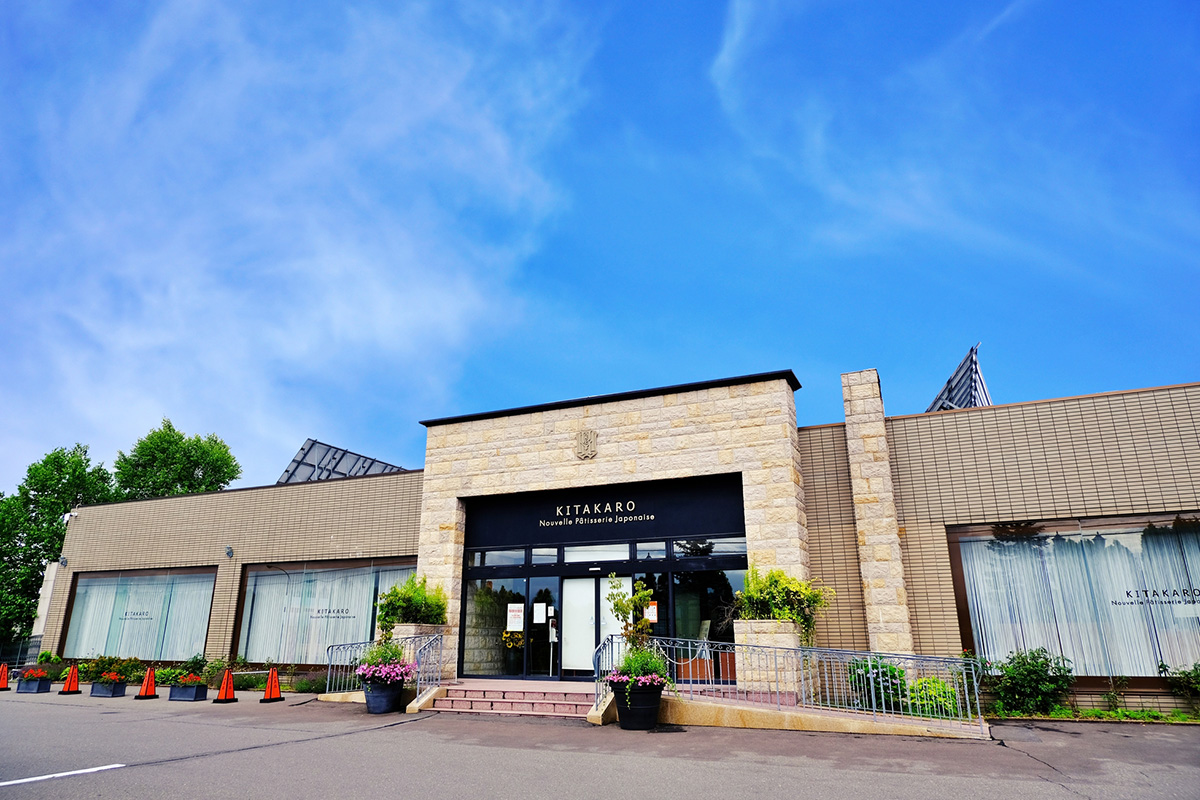
When it comes to Sunagawa’s confectionery scene, Kitakaro is a true standout. This beloved brand is well known across Hokkaido, and if you’ve ever visited the region, you’ve likely spotted its signature orange sign in various locations. Yet, few people realize that Sunagawa is home to Kitakaro’s main store, making it a hidden gem for sweet lovers.
While Kitakaro is best known nationwide for its jumbo cream puffs—once a favourite among flight attendants and pilots traveling from Hokkaido—its selection extends far beyond the classic variety. With so many creative takes on this beloved treat, you might find yourself wondering, “How can there be this many kinds of cream puffs?” The best way to find out is to visit and discover your favourite!
Among Kitakaro’s many specialties, its handcrafted rice crackers are truly exceptional. Made from premium Hokkaido-grown rice, these crackers undergo an astonishing seven-day process—from washing and steaming to pounding, maturing, and finally seasoning with salt harvested from the Hokkaido coast. The result is a delicate yet deeply flavourful snack that embodies local craftsmanship.
Kitakaro offers an impressive variety of flavours, each celebrating Hokkaido’s natural bounty. From shrimp, scallops, salmon, and squid to rare seasonal delights like sea urchin and salmon roe, these crackers provide an authentic taste of Hokkaido’s seafood heritage. If you come across their limited-edition flavours, be sure to grab them—they sell out fast!

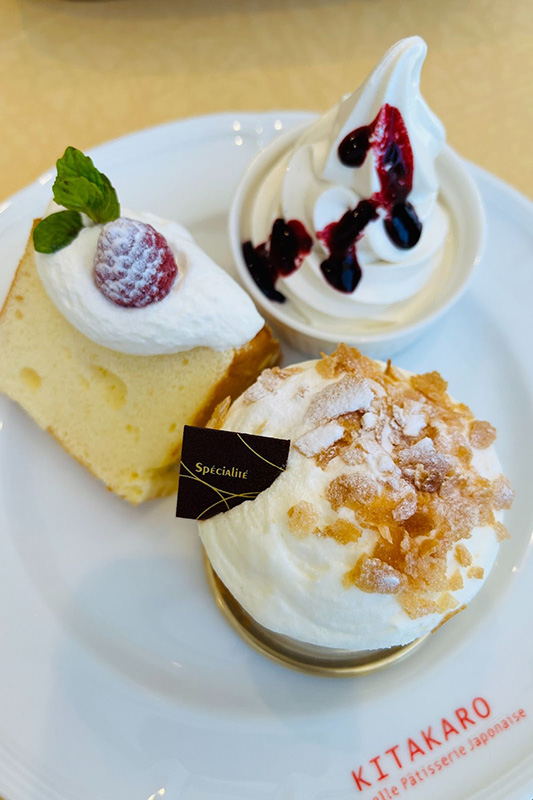
If I had to choose just one recommendation, it would be their baumkuchen. Made with carefully selected Hokkaido ingredients, this soft, moist cake has earned a reputation as the most tender baumkuchen in Japan—a claim you’ll understand the moment you take a bite.
Another must-try treat is Yubari Melon Jelly from Kitakaro’s sister brand, HORI. Available at the same shop in Sunagawa, this jelly is made with real melon pulp, capturing the pure, refreshing flavour of Hokkaido’s most famous fruit through its silky, melt-in-your-mouth texture.
The flagship store even features a cafe where you can enjoy light meals and take a relaxing break during your travels.
︎Sunagawa Highway Oasis: More Than Just a Rest Stop

Another must-visit in Sunagawa is the Sunagawa Highway Oasis, a unique roadside facility that seamlessly blends a highway service area, a commercial complex, and a spacious park. Conveniently accessible from both expressways and local roads, it’s an ideal stop for travellers exploring Hokkaido.
Inside its grand castle-like building, you can enjoy soft-serve ice cream or gelato, browse Hokkaido’s finest sweets and gourmet products, or pick up fresh produce straight from local farms. The adjacent park offers a peaceful setting to relax and savour your treats in the fresh air.
Despite being in the same city as its main store, the Kitakaro Highway Oasis branch boasts an equally impressive selection—plus exclusive menu items unique to that store. One of the highlights is the Chef’s Special Soft-Serve Ice Cream, which pairs fresh, creamy soft-serve with your choice of four signature Kitakaro sweets. A one-of-a-kind treat, this indulgence is a must-try for dessert lovers.
Beyond its dining and shopping offerings, the park surrounding the Highway Oasis is a 2.3-million-square-meter recreational area, home to over 250 species of trees and wild plants. With barbecue and camping facilities, it’s a perfect destination for outdoor adventures. In winter, the park transforms into a snowy wonderland, offering sledding, snow rafting, snowshoeing, and Nordic skiing.
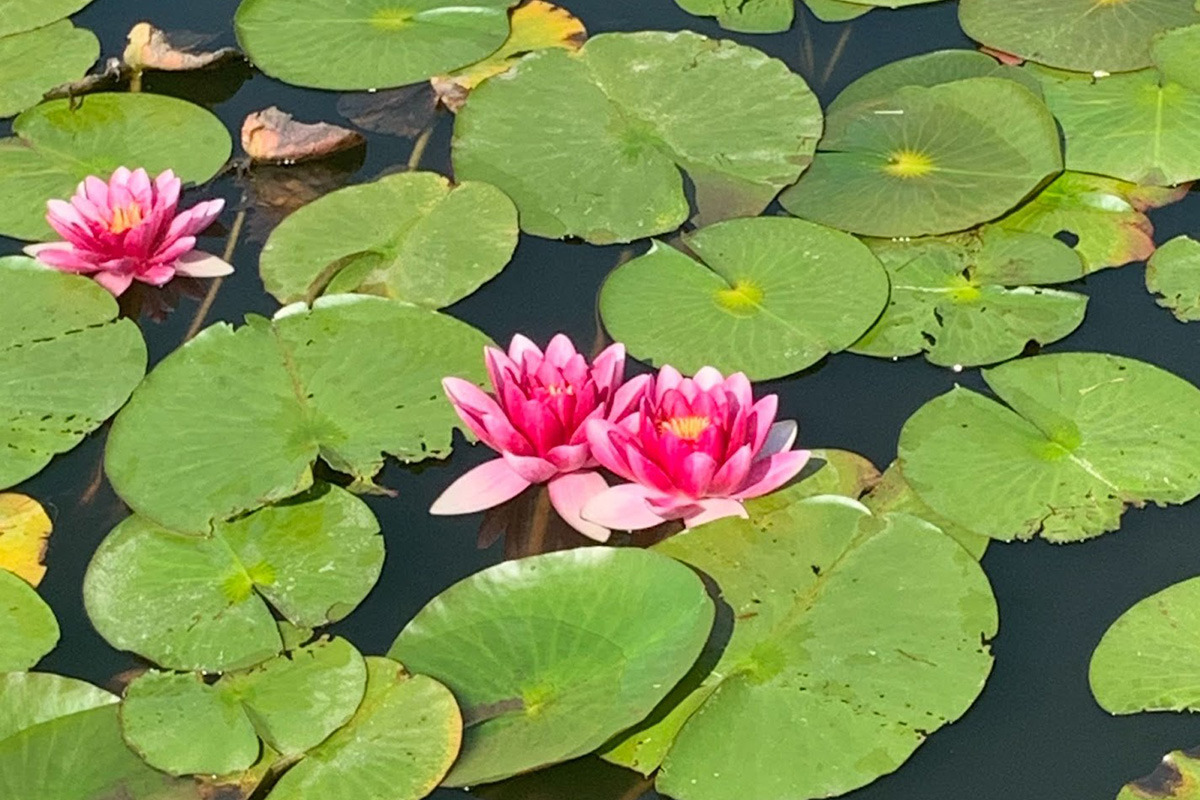
With its mix of delicious food, shopping, and outdoor activities, Sunagawa Highway Oasis has something for everyone. Families on a road trip will especially appreciate the vast park, where kids can run and play freely, making it an ideal stop for travellers of all ages.
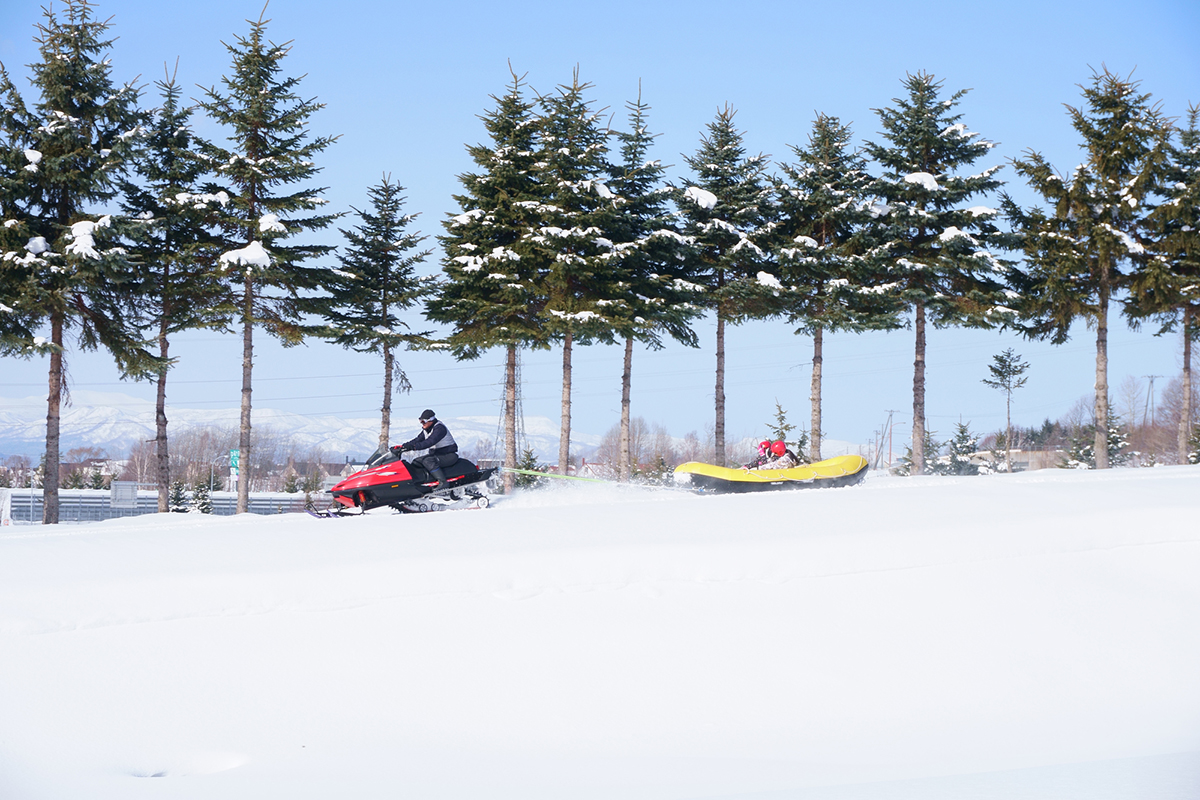
︎Crafting Excellence in Sunagawa: From Timeless Saddlery to Innovative Beauty
Beyond its vibrant sweet culture, Sunagawa is also home to two renowned brands that have gained international recognition in recent years. One is a prestigious genuine leather manufacturer, highly regarded for its quality and reliability. The other is a Japanese cosmetics brand that harnesses the power of natural ingredients shaped by Hokkaido’s harsh climate.
No longer just a place to pass through, Sunagawa is a destination waiting to be explored. This charming city is filled with must-visit spots, making it a perfect addition to your Hokkaido tour.
From Sunagawa to the World: The Craft of Somes Saddle
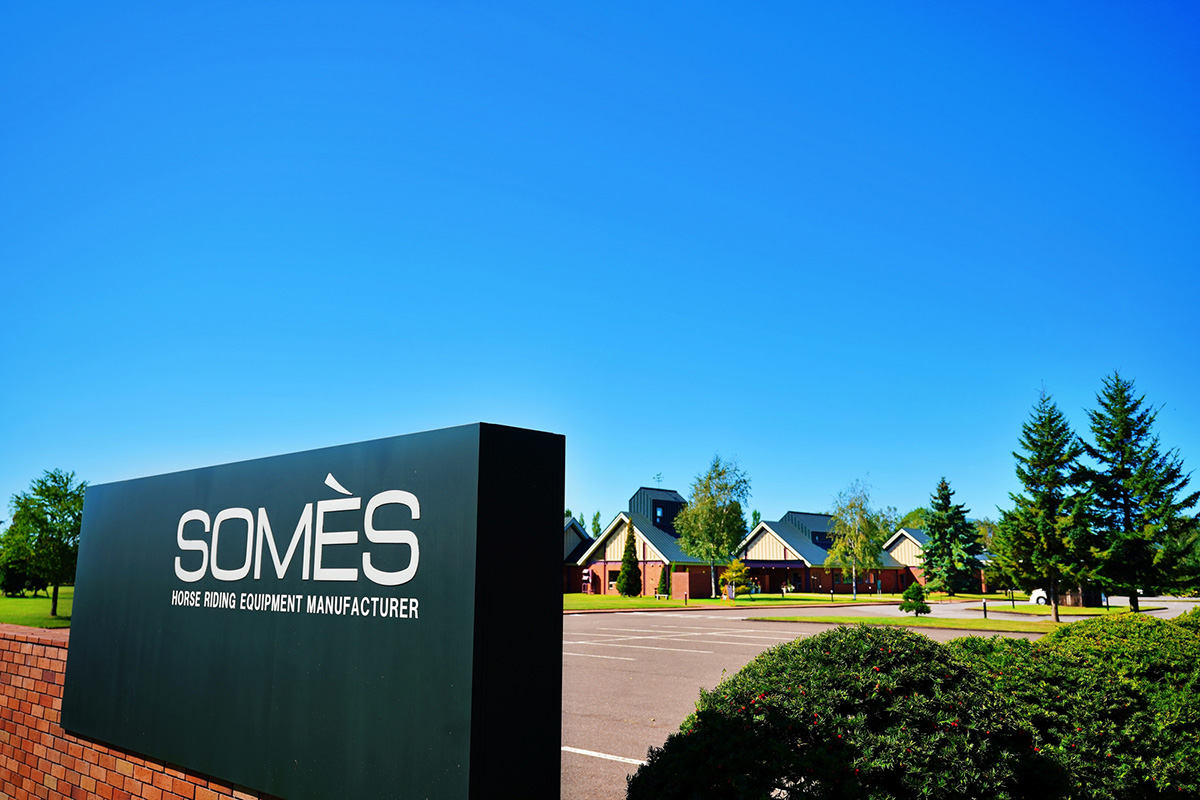
One of Sunagawa’s hidden gems, Somes Saddle, is Japan’s only equestrian equipment manufacturer. While horse gear may not be the first thing that comes to mind when thinking about Japan, horses played a crucial role in the pioneering days of Hokkaido over 150 years ago. To preserve this legacy while meeting global standards, Somes Saddle was founded. Its name combines the French word sommet (meaning “summit”) and the English word saddle, reflecting the company’s pursuit of excellence. Skilled saddle makers came together in the 1960s to embark on this journey, and today, their craftsmanship is recognized worldwide.
Headquartered in Sunagawa, Somes Saddle holds a significant share of the domestic market. In 2008, during the G8 Summit in Toyako, Hokkaido, the company was selected to craft commemorative gifts for world leaders—Dulles bags for presidents and handbags for first ladies. To showcase Hokkaido craftsmanship, the bags’ inner linings featured Ainu patterns, created using traditional lacquer techniques. In 2019, with the advent of the Reiwa era in Japan, Somes Saddle provided a full set of harnesses for the new emperor’s horse-drawn carriage.
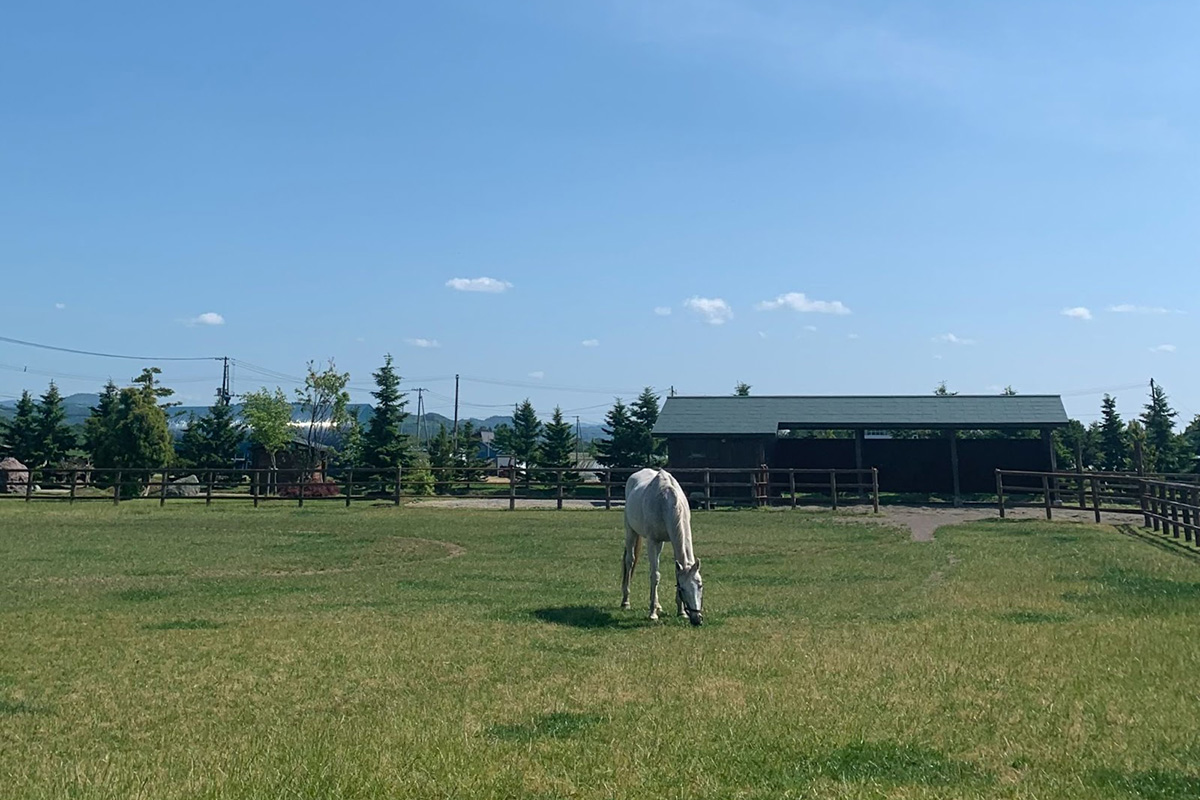
Visitors can explore the Somes Saddle Factory & Showroom, where Japanese craftsmanship comes to life. While their products are available in department stores across Japan, there’s nothing quite like visiting the Sunagawa headquarters. The facility is set amidst lush greenery, with trees planted by the company itself. During summer, real horses can be seen on the grounds, adding to the atmosphere. Inside, the salon-like space offers a relaxing ambiance where guests can browse signature items and exclusive products only available here. If you appreciate fine craftsmanship, a visit to Somes Saddle is a must for your Hokkaido travel.
Beyond Beauty: SHIRO’s Creative Hub

For those seeking a unique stop on their itinerary, Sunagawa is also home to SHIRO’s main store, the birthplace of this immensely popular Japanese cosmetics brand. More than just a retail space, it offers an immersive experience that blends sustainability, craftsmanship, and interactive tours.
The store, MINNANO-SUNAGAWA FACTORY—which translates to ‘Everybody’s Factory’—is a multipurpose space thoughtfully designed to cater to both people and nature. It seamlessly combines SHIRO’s manufacturing factory with a shop, café, children’s play area, and lounge. Unlike a typical store visit, guests can take an open factory tour to get a rare glimpse into the production process.
Just beyond a glass partition, you’ll find a sleek, contemporary facility that exudes modernity without feeling mechanical. Here, you can watch the staff work by hand, adding a personal touch that infuses warmth into their products made from natural ingredients. True to its name, Everybody’s Factory is designed as an inclusive space where visitors of all ages, workers, animals, and even the surrounding plants coexist in harmony. To fully enjoy your visit, consider joining one of the two guided tours offered daily—an indoor facility tour or an outdoor exploration tour. Advance reservations are required, but the experience is well worth it. With a cozy cafe and lounge offering views of Sunagawa’s scenic mountains, a free children’s playground, and a small library, this space is a welcoming retreat for visitors from around the world.
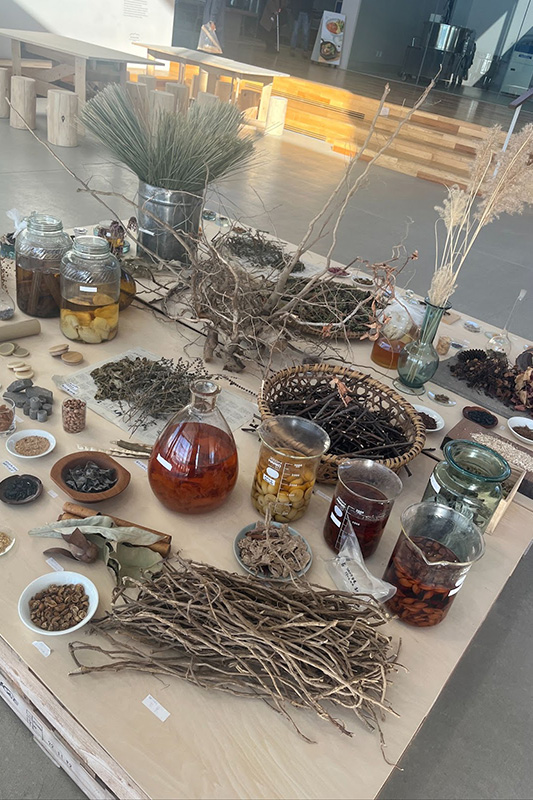
Another highlight of SHIRO’s Sunagawa store is the Blender Lab, a one-of-a-kind experience unique to this location. Visitors can create their very own signature perfume, making it a truly personal keepsake from their travel. At the Blender Lab, you’ll select a container and blend a custom fragrance that reflects your individual style. With new key scents introduced periodically, every visit offers a fresh and exciting selection. No reservation is required, and the process takes just about 15 minutes. Having tried it multiple times myself, I can say that each custom fragrance has become my new favourite!
For those who love hands-on experiences, this is a must-visit destination. Whether you’re exploring the factory, crafting your own scent, or simply unwinding in the tranquil atmosphere, SHIRO’s main store in Sunagawa offers an unforgettable stop on your Hokkaido journey.
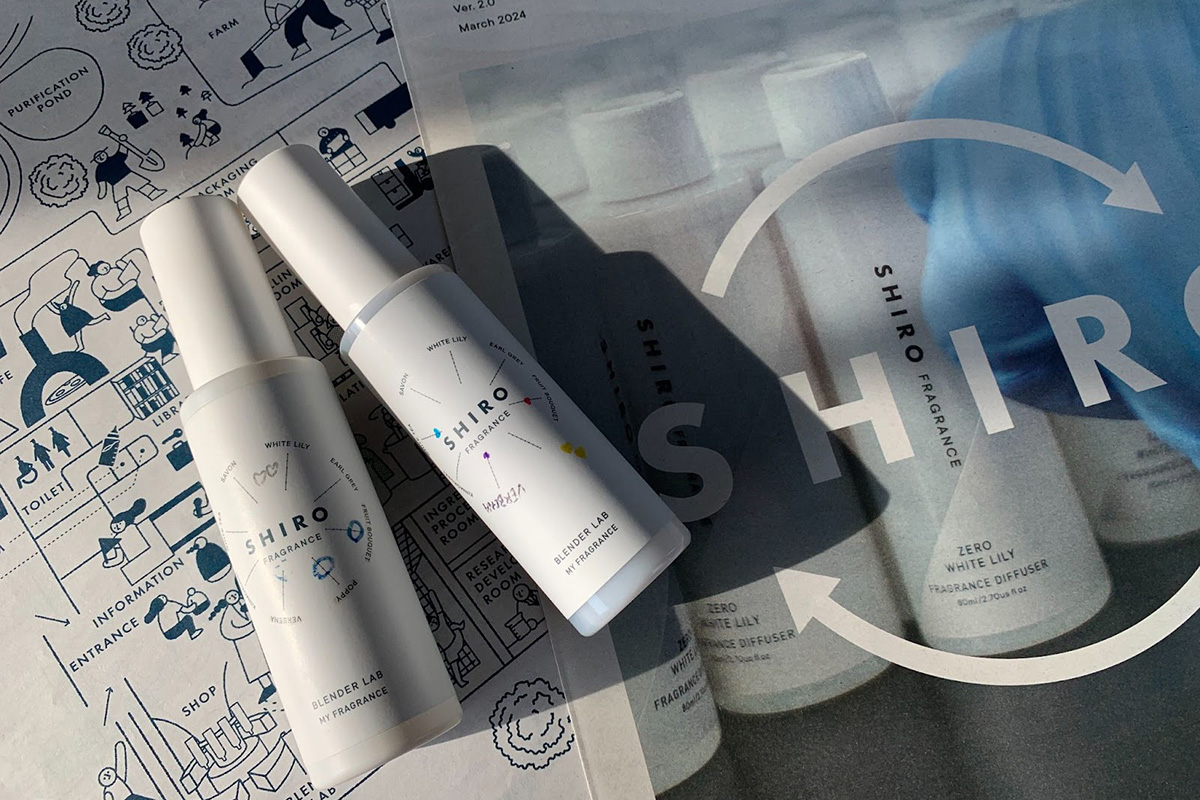
Perhaps this is your first time hearing about Bibai and Sunagawa. But I hope this introduction has given you a glimpse into the distinct charm of this region and the hidden gems that make it truly special. Why not add this unique area to your Hokkaido itinerary?
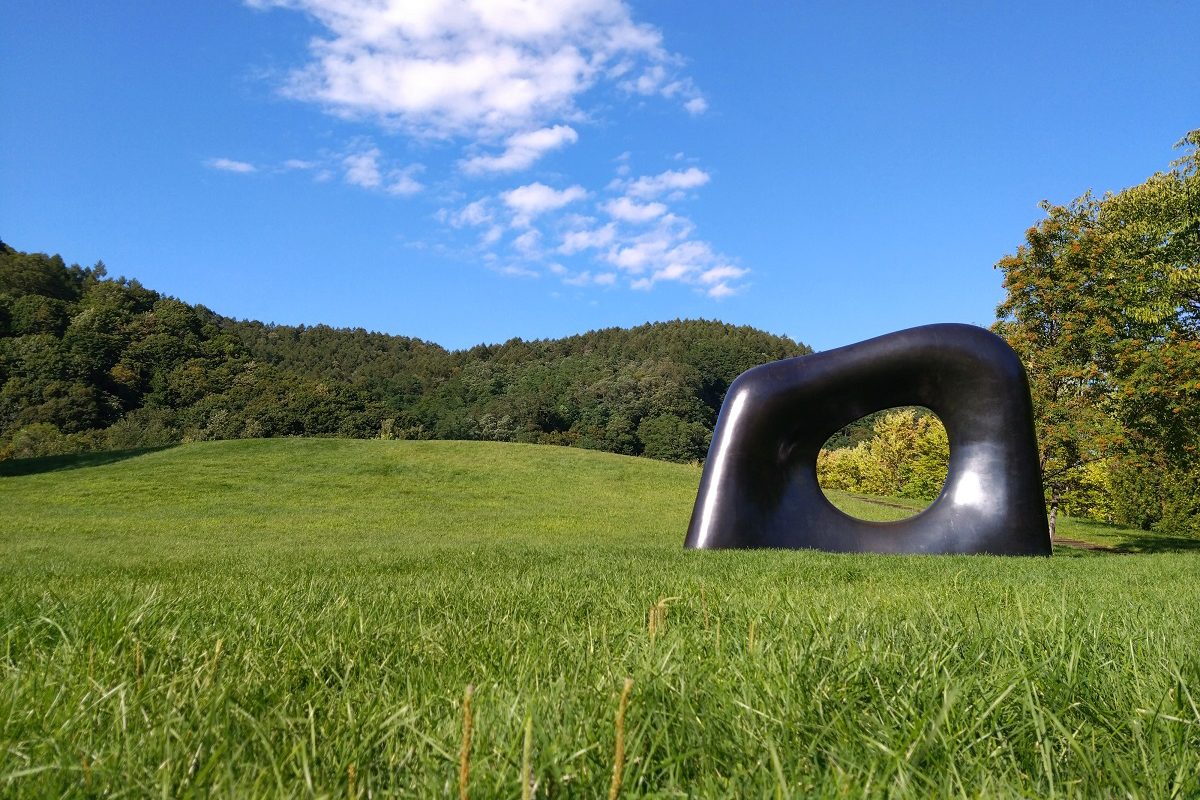
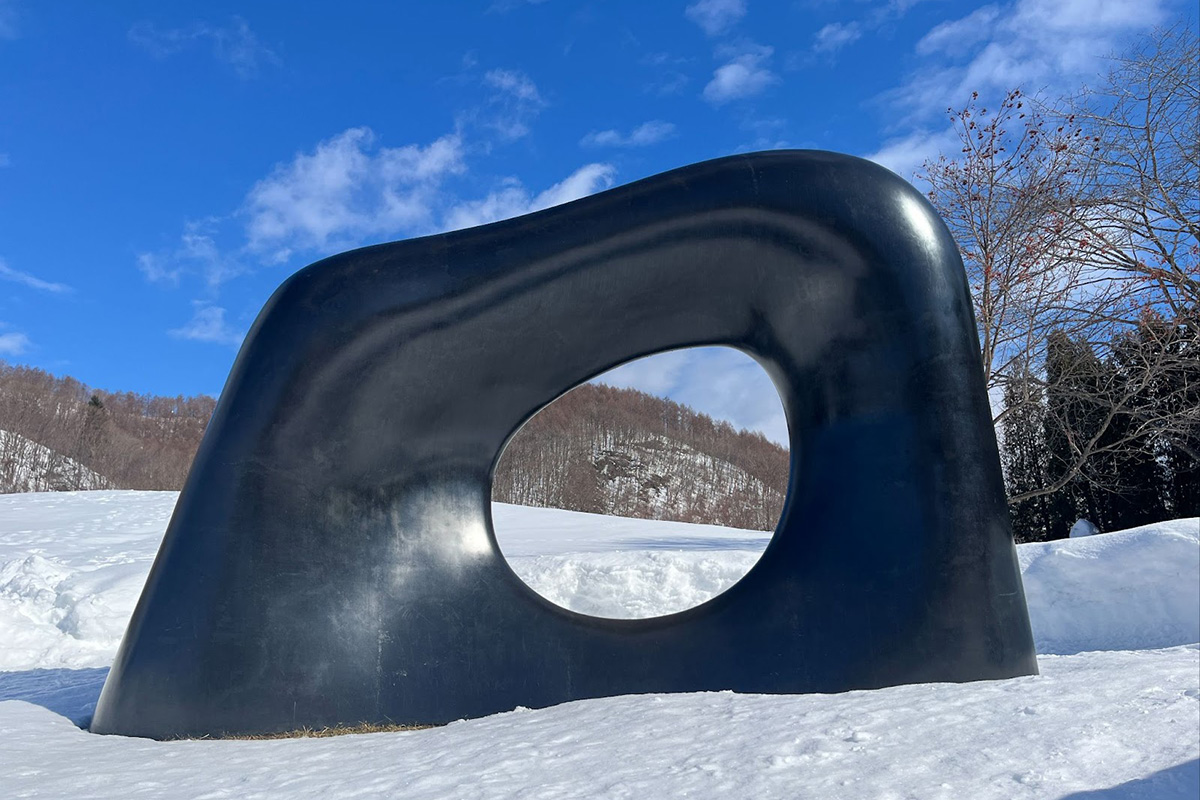
If you’re hesitant about traveling to unfamiliar destinations, rest assured—we provide full support from the moment you arrive at the airport until your departure. Whether you’re a devoted Hokkaido fan or visiting for the first time, our expert travel consultants—specialists with knowledge of every corner of Hokkaido—will craft a journey tailored to your interests. Throughout your travel, professional drivers and English-speaking guides will ensure a seamless and unforgettable experience.
Less than an hour from Sapporo, the towns of Bibai and Sunagawa offer a travel experience like no other—a journey through time, surrounded by breathtaking nature, rich culture, timeless craftsmanship, and incredible food. Your perfect Hokkaido adventure awaits!eee
